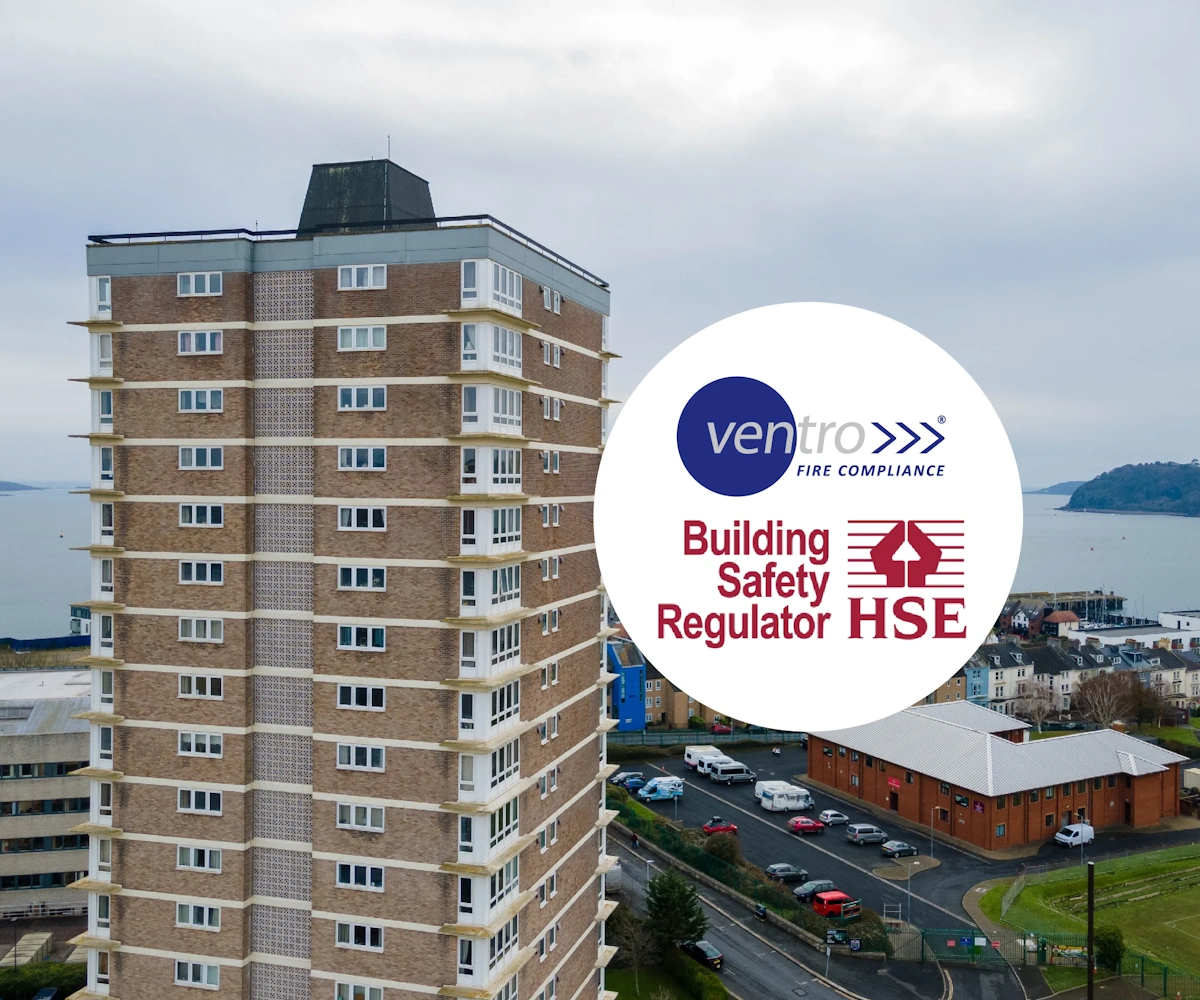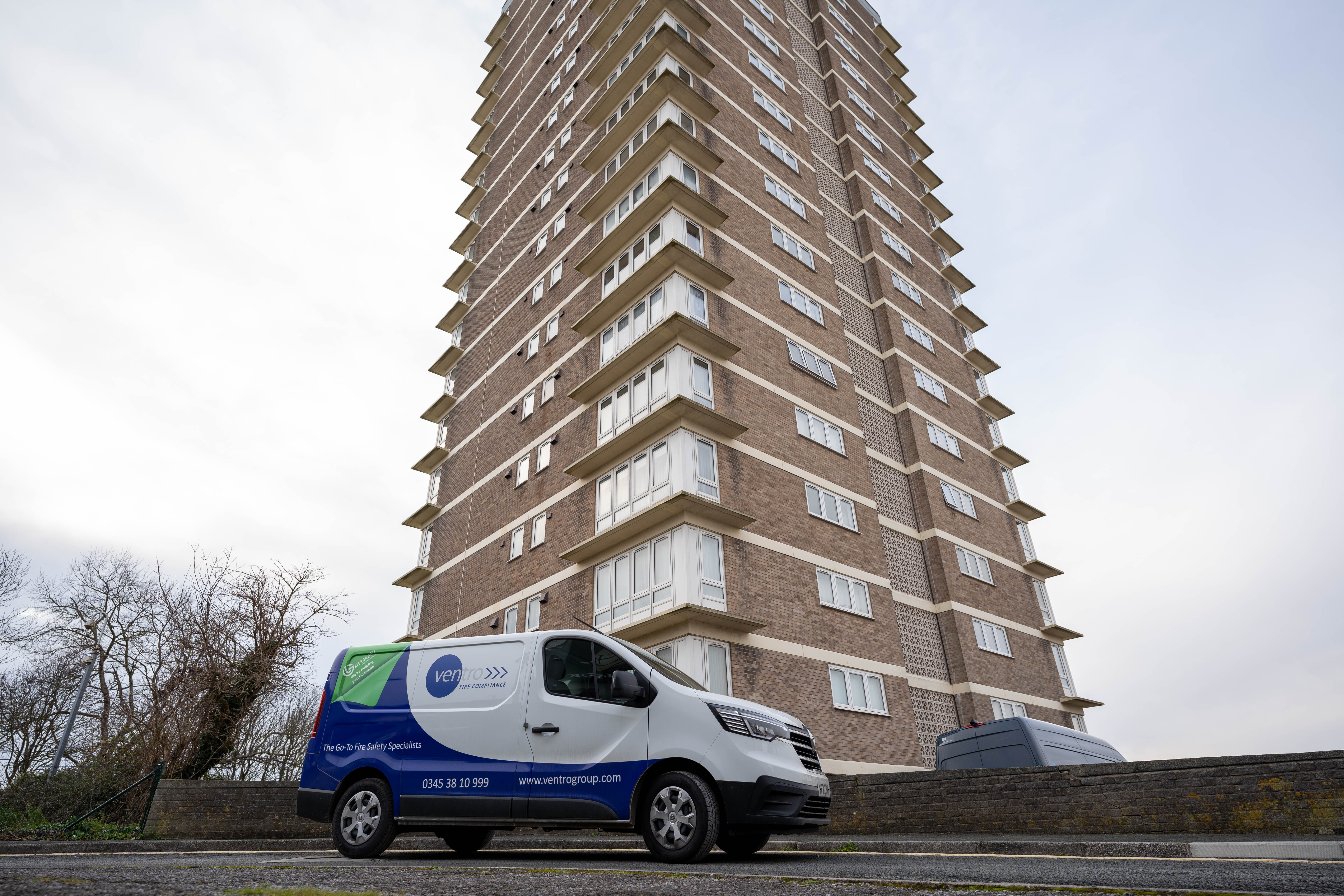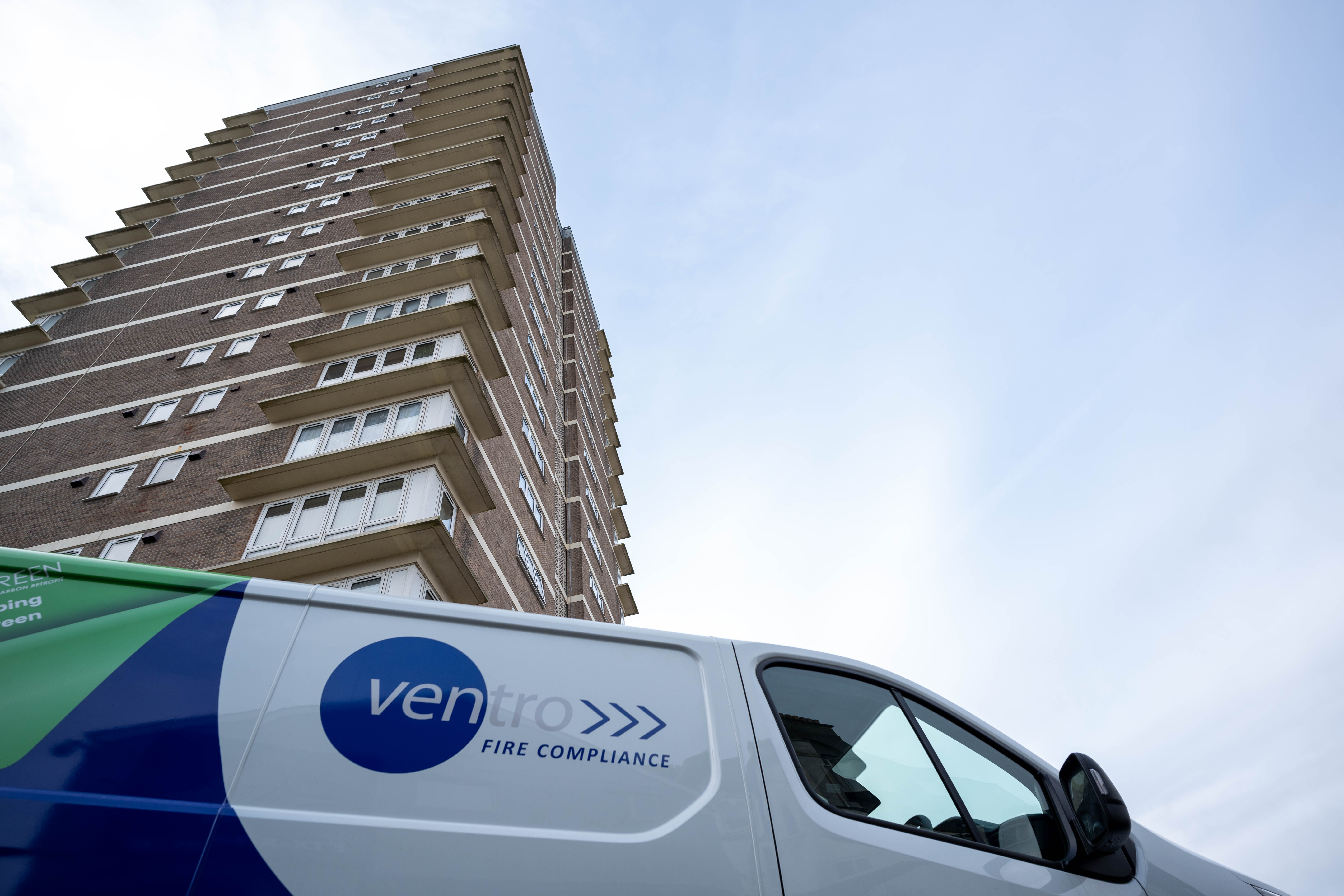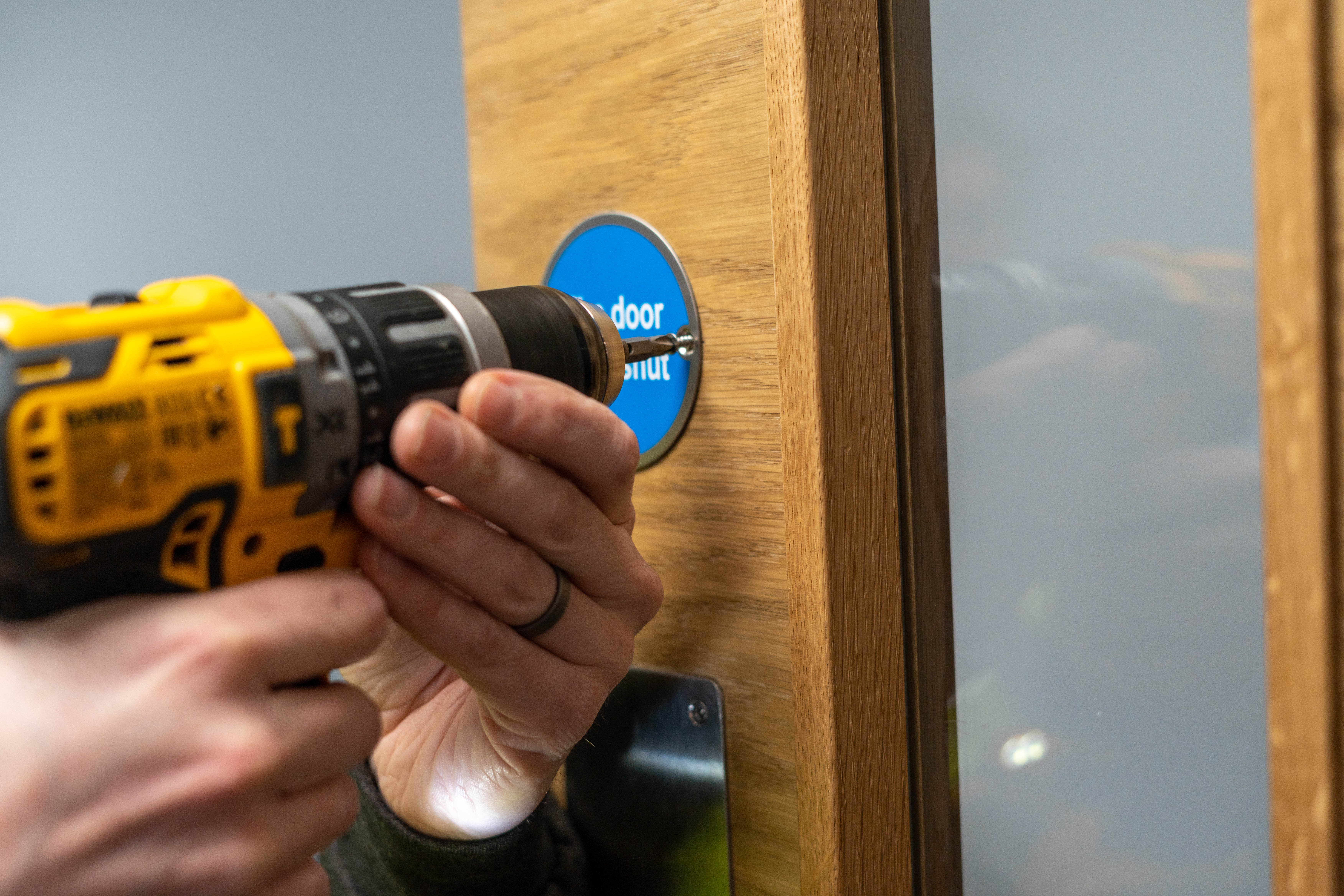Legislation Webinar 2025 - Q&A with Elspeth Grant, Triple A Solutions
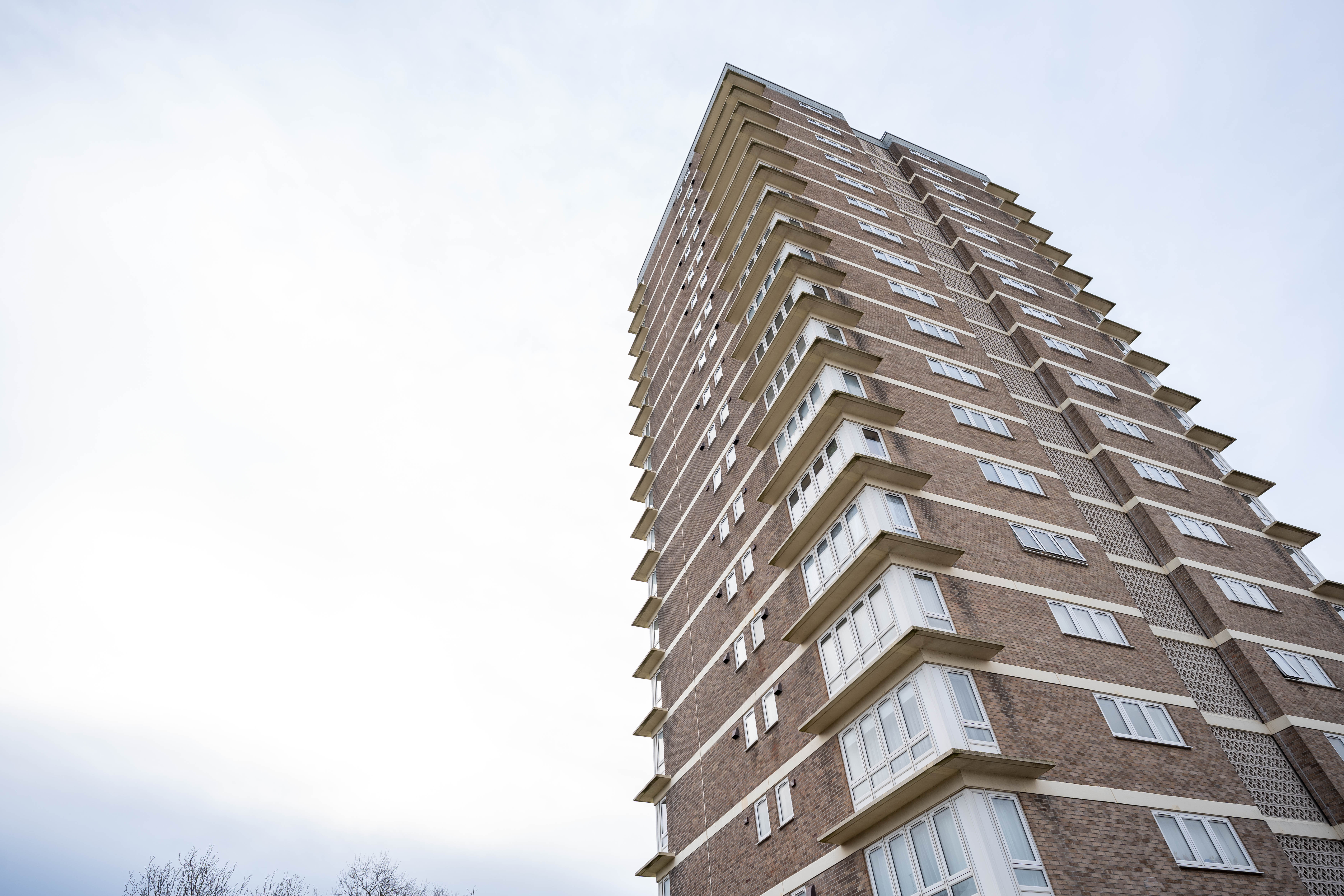
In our first webinar of 2025, Ventro was delighted to welcome Elspeth Grant from Triple A Solutions, a leading expert in fire safety legislation and PEEPs, to discuss some of the most critical updates shaping the industry.
Elspeth’s presentation covered key topics, including the Government’s response to the EEIS+ consultation, fire and rescue service response and intervention times, and the latest developments on residential PEEPs. While we addressed many important questions during the live event, there wasn’t enough time to cover everything in detail.
To ensure you get the information you need, we’ve gathered Elspeth’s responses to your most pressing questions below.
.png?width=270&height=378&name=Key%20Speaker%20Image%20Template%20RECTANGLE%20(12).png) Elspeth Grant, CertFRA TDiplT
Elspeth Grant, CertFRA TDiplT
CEO/Specialist PEEPs Advisor & Trainer
Elspeth has over 18 years of experience focusing on fire safety for disabled people. Over this time, she has collaborated with fire engineers, architects on social housing renovations, and developed personal emergency evacuation plans (PEEPs) for disabled.
A regular speaker at prominent forums since 2009, Elspeth regularly shares her expertise on legislative compliance and evacuation strategies for disabled people from residential buildings. She is a member of the Building Advisory Committee and has developed Triple A Solutions’ IFE-accredited, role-based PEEPs training programme.
Q1: Could you show an example of one of the residential PEEPS that an organisation has carried out please.
While there are a number of example Personal Emergency Evacuation Plans (PEEPs) available
online, none of those that Triple A Solutions have reviewed meet our standards for providing
adequate information and evidence of due diligence.
As part of our training, Triple A Solutions provides fillable forms tailored for PEEPS in General
Needs and Specialised Housing, in addition to a variety of other downloadable fillable forms.
These forms are designed to demonstrate due diligence and swiftly capture essential
information. Access to these forms is contingent upon the completion of the corresponding
training course, ensuring that learners can effectively use them in their work environment.
Additionally, the forms can be published on an organisation's portal, provided there is a
contractual agreement in place.
For more details on Triple A Solutions training visit: https://www.ventrogroup.com/peeps-training
Q2: How can there be a guarantee that other residents will be available to assist with the evac of a person with a PEEP?
In the workplace, it is essential to appoint multiple volunteers as buddies, as individuals may
be unavailable due to being out of the office, on a lunch break, or attending a meeting in
another building. A similar strategy applies to residential buildings, where identifying as many
people to provide assistance as possible is crucial in an emergency.
Note: Many disabled individuals already receive support from their social networks, as evidenced in the Grenfell Tower Inquiry (GTI).
Absolute safety is unattainable; the purpose of the PEEP is to demonstrate due diligence in minimising risks as much as possible for the person and serve as a defence in the event of legal action. For instance, when we get into a car and fasten our seatbelt, we acknowledge the possibility of injury or even death in an accident. However, we expect that the manufacturer has implemented all reasonable safety measures to protect us - if not, there would be a case to answer.
Q3: Isn't the problem with the equality act that there is a lack of case law?
It is true that there is currently a lack of case law addressing discrimination for means of escape under the Equality Act 2010. However, the Building Safety Regulator (BSR) has clearly stated that they expect service providers, landlords, and responsible persons to take "due regard" of their duties under equality and fire safety laws.
See “Principles for engaging with residents, Section 5”
One of the most significant factors driving improvements in means of escape for disabled
residents is the ability for anyone to file a complaint relating to a residential building over
18m directly with the (BSR). This mechanism ensures that concerns about inadequate
evacuation arrangements or fire safety failures are formally addressed.
Once a complaint is submitted, the BSR is obligated to investigate the issue, assessing
whether the responsible person, such as building owners, landlords, or management
companies, have taken appropriate measures to provide safe evacuation options for
residents. This includes reviewing compliance with legal obligations, fire safety provisions,
and whether PEEPs or other reasonable adjustments have been implemented if the complaint
involves a relevant disabled person.
If deficiencies are found, the BSR can take enforcement action, which may include requiring
remedial measures, imposing penalties, or referring the matter to other regulatory bodies.
This process creates accountability and incentivises building owners and responsible persons
to proactively ensure that proper escape plans and accommodations for disabled residents
are in place before issues arise.
Q4: We are currently facing a lot of challenges in regard to self-evacuation. What is the alternative to the fire service evacuation? We have a lot of unstaffed properties with disabled residents who are unable to self-evacuate.
There is no legal requirement for assistance to be provided by employees/staff. The
Government finally recognised this in their Conclusion 9 of the EEIS+ Consultation Response:
“It is recognised that some residents have family members, friends or neighbours who are
willing and able to offer assistance with evacuating them. Consultation responses showed strong support from some stakeholders for including such volunteer assistance, where
available, in the PCFRA consideration.”
The NFCC Temporary Change to a Simultaneous Evacuation Strategy 4th edition, Sections 9
and 10, also endorses residents taking an active role in managing evacuation:
“10.1: Where a fire occurs, every occupant of the building should have the means to start
their evacuation before the FRS arrive. Some residents may require assistance to do this,
whilst other vulnerable residents may identify that they are able to self-evacuate. Detailed
information about the principles of the evacuation of vulnerable persons can be found in
the Fire safety risk assessment: means of escape for disabled people guide, and also within
the Fire safety risk assessment: sleeping accommodation guide.
10.2. The Responsible Person should make and record reasonable endeavours, through a
range of methods, to identify anyone who may need assistance to evacuate their flat and
the building in the event of a fire in the resident’s flat or elsewhere in the building. The
Responsible Person should, with the engagement of the individual, develop a Personal
Emergency Evacuation Plan (PEEP) that, as a minimum, should include how the individual
is made aware of a fire in the building and their route, facilities, and options to support
their evacuation.”
See: https://nfcc.org.uk/wp-content/uploads/2023/07/SEG_-_4th_Edition_-_FINAL_17082022.pdf
While the guidance is specifically aimed at temporary changes to a simultaneous evacuation
policy, it would be illogical not to extend the same approach to all residential buildings.

Q5: You mention Evacuation lifts can only be used fire fighters; can you advise where this has come from?
Apologies for not being clear about Triple A Solutions rational on this and I’m very happy to
have a discussion if others have an alternative view.
Disabled individuals, like their non-disabled counterparts, are reluctant to use a lift during a
fire unless firefighters are present, regardless of whether it is designated as an evacuation lift.
For insights into the potential consequences of uncontrolled lift usage by residents during a
fire, refer to Chapter 6 of the Grenfell Tower Inquiry (GTI) Phase 2 Report, and search for ‘lift’ in:
https://www.grenfelltowerinquiry.org.uk/sites/default/files/CCS0923434692-004_GTI%20Phase%202%20Volume%206_BOOKMARKED.pdf
Following extensive discussions with industry expert and Fire and Rescue Services, our
position is that, in most situations, residents should not independently operate an evacuation
lift during an emergency without oversight or involvement from the FRS.
While enabling residents, particularly those with mobility impairments, to use evacuation lifts
might seem beneficial, there are substantial risks in an unmanned residential setting.
Ensuring that the lift remains safe and operational throughout an emergency presents
significant challenges:
- Fire and Smoke Hazards: The lift could be exposed to fire or smoke, making it
dangerous to use without supervision. Evacuation lifts are equipped with systems to
detect unsafe conditions (such as smoke or heat), and fire services have the necessary
training to assess whether it is safe to use the lift in any given situation. - Lift Shaft Contamination: During a fire, the lift shaft could become compromised,
filled with smoke, or even collapse, making it unsafe for use. - Power Loss: If the building loses power due to fire damage, the lift may become
inoperable, or its operation may be limited, which could trap residents inside due to a
failure of maintenance.
Q6: If Fire and Rescue Service aren't responsible for evacuating the disabled resident, and there aren't staff at General Needs blocks of flats, who is required to action on the PEEP? As a disabled resident, wouldn't It be my responsibility to ensure that I can leave my property in an emergency,
or choose to reside somewhere that better meets my individual needs?
While residents play a role in ensuring their needs are communicated, it is the responsibility of
the building's management to ensure that that they have taken all reasonable steps to ensure
a resident can safely evacuate to a place of total safety evacuation in line with legal
requirements.
See Section 1.1 Legal Overview of: https://assets.publishing.service.gov.uk/media/5ec5401ee90e0754d1dedf20/9446_Means_of_Escape_v2_.pdf
Actions any disabled resident can take if they are not provided with a PEEP includes:
- Contact the local FRS
- Contact the building management using the template letter provided by the Equality
& Human Rights Commission (EHRC): https://www.dropbox.com/scl/fi/4nsae0dmw08vtz1oa72er/EHRC-combinedresponse-
and-templateletter.pdf?rlkey=n7vjvd11uwhu2zfylzvdq3ax7&st=j2lxxx8a&dl=0
Actions relating residential buildings over 18 metres:
As detailed in Q3, anyone can contact the BSR concerning building safety issues including
emergency planning, in a residential building: https://www.contact-building-safety-regulator.service.gov.uk/
The BSR will then contact the appropriate person as defined in the building registration
form and investigate.
Q7: If the FRS are to be required to undertake Evacuation (In addition to Rescue) how will this be funded? The British FRS has been drastically reduced in terms of Firefighter numbers, Appliance numbers and a reduction of National Standards for Attendance Times (As well as training, etc. etc.)
The Government has stated that the total number of leasehold dwellings in residential
buildings over 11m in England is estimated at 1.51 milion dwellings. Personally, I have no idea
how the Government expects FRS to undertake the duty of care for millions of disabled
residents living in these buildings, particularly given the evidence of the intervention times
identified in the research undertaken by the University of Leeds and Phil Murphy (refer to the
relevant presentation slide). Additionally, this approach is clearly outside the core functions
defined in the Fire Services Act 2004, which would require amending as would the Fire Safety
Order (FSO) and Equality Act to exclude disabled residents from the legal requirements.
The LGA EEIS+ Consultation Response states:
“The absence of this requirement means that the occupants of the building are told it is so
dangerous that if there is a fire they should evacuate immediately, but disabled residents
are told to wait to be rescued. This is transferring responsibility from the duty-holder to
the fire service and disabled individuals; while rescue is a back-up option, which is
facilitated by EEIS; it cannot be the first and only option in a block with simultaneous
evacuation. In addition, this policy would in our view be unlawful under the Equality Act if
adopted by a local authority.”
Read the LGA Response in full: https://www.local.gov.uk/parliament/briefings-and-responses/lga-eeis-consultation-response
Annex A, Section 1.8 of the NFCC Premises Information Box also provides guidance on the
numbers of firefighters to implement a safe evacuation:
“Annex A, Section 1.8 of the guidance outlines the categorisation of residents requiring
assistance in an emergency. Category 1 (Red) individuals may require evacuation by three or more firefighters with additional equipment (e.g., bariatric individuals, wheelchair
users). Category 2 (Amber) individuals may need assistance from two or fewer firefighters
with no extra equipment (e.g., mobility-impaired individuals, those with sensory or
cognitive impairments).”
Notes:
- If this guidance is applied to the 37 disabled residents of Grenfell tower, it would
require circa 94 firefighters just focused on their evacuation, which in my opinion
is unachievable. - How will FRS train all their firefighters in the safe evacuation of every disabled
resident with complex needs using AEDs which may be unsuitable – remembering
this is an evacuation not a rescue. - Who is legally responsible if a firefighter or disabled resident is injured during an
evacuation?
Q8: What is that specific evac aid? (in the video of the evacuation)
The CD7 tracked evacuation aid is the device.
While we don't officially endorse any suppliers, we have collaborated with Evaccess for many
years, and they provide these types of devices here.
Q9: How can PEEPs be implemented in high rise if 24/7 attendants are not present?
Please refer to Q2, which discusses the involvement of family, friends, and neighbours in
PEEPs.
Triple A Solutions offers over 18 hours of IFE-accredited training, focusing on the practical
implementation of PEEPs in unmanned residential buildings since 2009. Based on these
experiences, the training includes fillable PEEP and PcFRA forms, along with worked
examples, enabling organisations to develop cost-effective PEEPs and PcFRAs while
demonstrating due diligence in legal compliance.
For more details visit: https://www.ventrogroup.com/peeps-training
Q10: In Sarah's case, was she required to purchase the evac chair herself? As a solicitor, I suspect she is fairly well off. How would this work for someone living on Universal Credit?
Sarah was not required to purchase the device herself. Once her RMO became aware that she could not evacuate without assistance, they acknowledged their legal responsibilities and covered the costs for both the commissioning of the PEEP and the auxiliary aid. This was done in accordance with the FSO and the Equality Act, which ensures that disabled individuals are not required to bear the cost of a reasonable adjustment to remove discrimination.
The requirement in the draft regulation that suggests that a resident should be expected to
pay for an AED shows that the Government is unaware:
- of the financial situation of many people living in the UK;
- that charging for an auxiliary aid is prohibited by the Equality Act 2010;
- of how a responsible person will comply with the legal requirement if a resident
refuses or cannot purchase an Assisted Escape Devices (AEDs);
Q11: I thought the information on PEEPs was very thought provoking and agree we should all do better, but the example you gave was for an individual who has 24/7 care. Most individuals do not have this level of care, some residents only have perhaps a carer visiting 5 times a day and they are bedbound, live on their own, in sheltered accommodation with no staff on site or limited hours. How can we create an effective PEEP for these individuals?
Thank you for your comments. Although many disabled people do not have the same level of
care as Sarah, many do have support from family, friends or neighbours, all of whom can be
trained to assist in their evacuation - please also refer to the answer to Q2.
In order to protect both the organisation and those with responsibility for legal compliance,
the following should be in place to provide evidence of compliance in the event of any
investigation:
- Physical environment: evidence of meeting, or renovation plans to meet, the
functional requirements of ADM in the common areas and means of escape route. - Strategies, policies and procedures for identifying and developing PEEPs for any
resident unable to evacuate unassisted (permanent or temporary). - Training of staff responsible for developing PEEPs to meet FSO Article 21.
- Evidence of PEEPs in place for all those for whom there is support available.

Q12: Thank you, Elspeth, for an interesting and thought-provoking presentation on PEEPs for high-risk buildings. However, I am concerned about how this aligns with the recent announcement by the Labour government rejecting the Grenfell Tower Inquiry's recommendation to mandate personal evacuation plans for disabled residents in residential blocks. As a RP, this creates confusion, making it challenging to ensure compliance and do the right thing for residents' safety. I also note the difficulties highlighted around gaining access to properties and securing resident cooperation, which further complicates matters. I'd be interested to learn more about practical implications for residential PEEPS in HHRBs with a single staircase and without a firefighting lift (stay put strategy).
Thank you for your comments—I completely agree that the draft regulation creates
confusion. If accurate, the draft regulation neither aligns with the Grenfell Tower Inquiry
recommendations nor complies with the FSO or the Equality Act 2010, which are primary
legislation, both of which will require amendment to exclude disabled people from the legal
requirements.
It is worth reading Enforcement and Sanctions for Non-Compliance with the Fire Safety Order,
Section 10 as this documents the personal liabilities of those managing fire safety buildings
covered by the FSO here.
Triple A Solutions offers training courses to support the implementation of PEEPs in
residential buildings. For more details, visit: https://www.ventrogroup.com/peeps-training to
download the training brochure.
Q13: Thank you to all of the speakers for an excellent and thought-provoking session. MY question is for Elspeth. Thank you for a fantastic talk, lots of food for thought. You mentioned concerns regarding costs relating to PEEPs. Our concern, as an RP, is that we might be expected to fund 24-hour staff in a high-rise block. In the video, our solicitor friend had 24/7 care but, what if they don't? If they need to evacuate at night, would the RP be expected to foot the bill to have someone there to help?
Thank you for your comments and please also refer to my comments about the costs for
Sarah’s PEEP etc in my answer to Q10 & Q11.
Regarding the expectation of employing 24-hour staff in a high-rise block, I do not believe
that this would be deemed reasonable as the cost of employing staff would be unreasonable
as compared with the development of a PEEP and provision of an AED if assistance can be
provided by friends, family and neighbours.
In the minority of cases, no assistance might be available. In which case there are the options
of re-location to a more suitable property (subject to the resident’s agreement and
availability of housing stock) and implementing additional fire protection/suppression in the
person’s flat to reduce the likelihood of fire. In this case, is essential to have evidence of a
strategy, policy, procedures and PEEPs in place.
Q14: The importance of PEEPs is understood and appreciated, however where escape aids or other intervention is highlighted for a resident that lives alone without 24/7 care, what options are available for the RP to put in place to assist the individual to a place of safety? (an escape chair is only suitable if there is someone trained to use it).
Please refer to answers to Q10, Q11 and Q14. Regarding training, reputable suppliers of
AEDs will demonstrate the AED in the physical environment and provide training as part of
their product provision.
Building a relationship with a reputable supplier who has a wide range of AEDs suitable for
different physical environments and individual impairments, and agreeing a ‘call-off’ contract,
will reduce costs through the power of purchasing large quantities.
Q15: Are PEEPS only applicable to be carried out in High Rise buildings for residential properties (flats).
The FSO applies to the common parts of buildings containing two or more domestic premises,
irrespective of their height but explicitly excluding individual domestic dwellings from its
scope.
While the FSO covers all residents in the vicinity of the building, this raises the legal question
about how a Fire Safety (England) Regulation, which introduces new duties relating to the
FSO, could mandate a Person-Centred Fire Risk Assessment (PcFRA) within private domestic
premises, given that these fall outside the FSO’s legal framework.

Q16: Doesn't this raise a risk that high rise buildings can only support a certain percentage of persons with a disability? Where would all these evacuation chairs be stored, and who is trained to operate them?
68% of disabled people become disabled during their lifetime so relocating vast numbers of
residents who have lived in their home for many years and have an ongoing support network
in the building is not a holistic approach or practical.
Regarding AEDs, residents unable to evacuate to a place of total safety do not always need an
AED:
- A resident with neurodiversity may need their PEEP in picture format accompanied by
frequent practices, reduced/beacon/voice fire alarms; - Someone with respiratory disease may be able to descend slowly with frequent rests
to a place but needs a PEEP to explain where they can rest without blocking the
evacuation route (e.g. a refuge in a lift lobbies); - A hearing-impaired person who needs a vibrating alert or under pillow vibrating pad;
- A sight impaired person needs suitable signage with some needing braille.
Q17: Is there an expectation for RPs to carry out PEEPs for persons staying within a flat on a short term basis? (e.g. a disabled person staying with a family member or friend)
The short answer is “Yes”. Organisations should have policies and procedures in place for
visitors and General Emergency Evacuation Plans (GEEPs) in place as there are no exclusions
from the statements in the FSO:
- Interpretation:
• “relevant persons” means—
(a) any person (including the responsible person) who is or may be lawfully
on the premises; and
(b) any person in the immediate vicinity of the premises who is at risk from a
fire on the premises, - Article 14(2)(b) in the event of danger, it must be possible for persons to evacuate the
premises as quickly as possible; - Article 15(1)(a) establish and, where necessary, give effect to appropriate procedures,
including safety drills,; - Article 15(1)(b) nominate a sufficient number of competent persons to implement
those procedures in so far as they relate to the evacuation of relevant persons from
the premises; (Note: this article does not require competent persons to be
employees).
Q18: You need to be trained to operate an evacuation chair. Incorrect usage can cause injuries. If we are to rely too on the kindness of family, friends, neighbours and concerned passersby, who has to pay for this training and maintenance of the training records?
Agreed and this also applies to any firefighter who has not been trained on how to safely evacuate a person using he AED. Please refer to my answer to Q2, Q & Q14. It is not about kindness but about practicalities. The evidence presented to the GTI, proved that family, friends and, in some cases, neighbours refused to abandon disabled residents increasing fatalities and injuries.
- Absorb the costs;
- Pass the costs on to the monthly service charge. (Note: applying the figures on page 11 of the 8th June 2021 PEEP Impact Assessment, for the disabled residents of Grenfell Tower, this would have increased the service charge by circa £12.75 per month per flat to recoup the cost of developing PEEP.)
See 8th June 2021 PEEP Impact Assessment here.
We’d like to extend our sincere thanks to each of our key speakers for their insights during the webinar, and a special thank you to Elspeth for taking the time to respond to all the unanswered questions.
Be sure to sign up for updates on our upcoming webinars here, and if you have any questions about the topics covered in this Q&A, feel free to reach out below. One of our fire safety consultants will be happy to assist you.
Sign up for fire safety updates
You'll receive all the latest news and blogs straight to your inbox.


